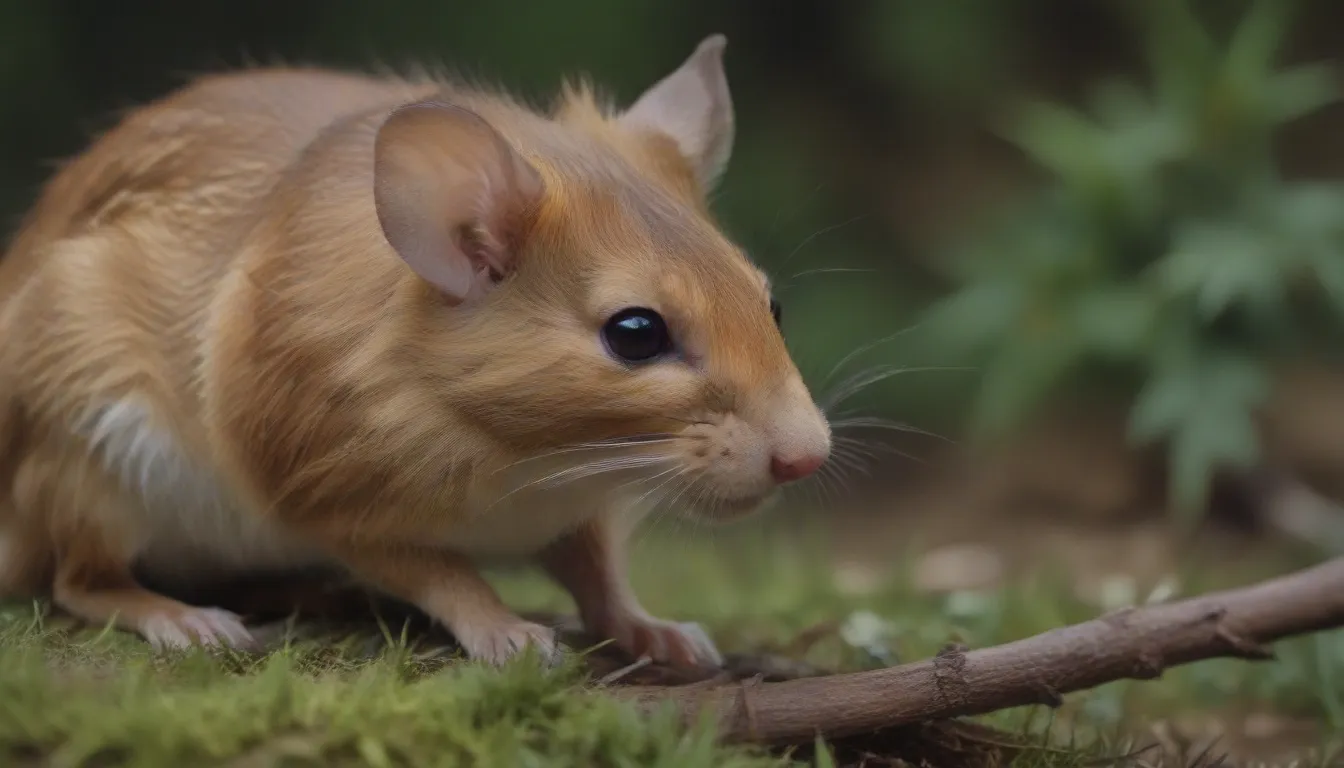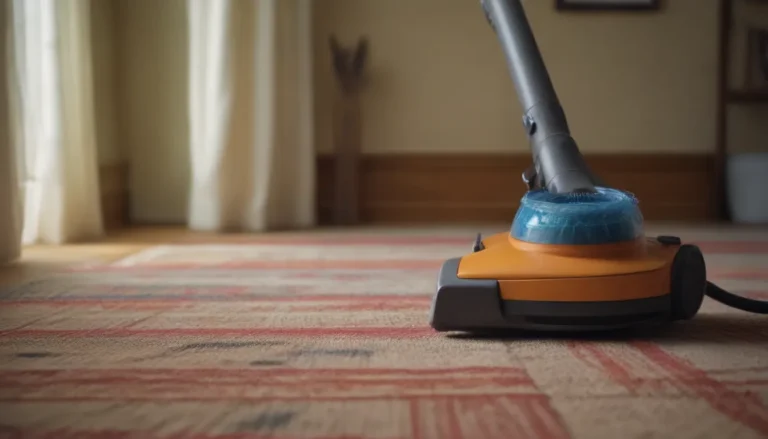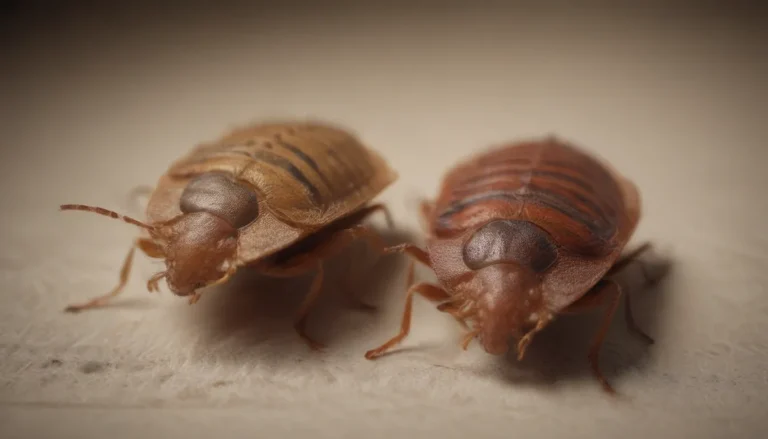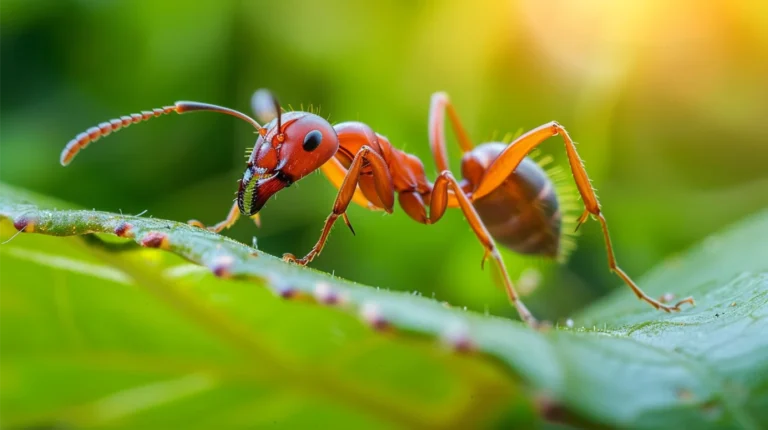The Silent Threat: Understanding the Risks Associated with the Deer Mouse

Have you ever come across a cute, gray-brown and white deer mouse (Peromyscus maniculatus) skittering around your property? While they may seem harmless and even charming at first glance, it’s essential to realize that these small creatures can pose a serious danger to you and your loved ones due to their potential to spread diseases. In this article, we will delve deeper into the world of the deer mouse, exploring its habits, habitats, and the risks it brings, so you can better protect yourself and your home.
Getting to Know the Deer Mouse
The deer mouse, aptly named for its resemblance to a deer, is about five inches long with striking gray to reddish-brown fur on its upper body, contrasted by a white underbelly and legs. Its tail is bicolored, dark on top and white on the sides and bottom, adding to its unique appearance. This omnivorous creature has an eclectic diet, eating just about anything it can get its paws on, and is most active during twilight hours. Despite its agility on the ground, the deer mouse is not a proficient climber like other mice species.
The Hidden Threat: Diseases Carried by Deer Mice
What makes the deer mouse especially dangerous is its role as a carrier of two significant diseases: Lyme disease and hantavirus.
- Lyme disease: Deer mice can carry and transmit the bacteria responsible for Lyme disease, a serious illness that can cause flu-like symptoms, joint pain, and potentially long-term health issues if left untreated.
- Hantavirus: The primary carrier of hantavirus in the United States, deer mice can spread this potentially fatal virus through their saliva, urine, and droppings. It’s important to note that other rodents like the white-footed mouse, rice rat, and cotton rat can also harbor hantavirus strains, emphasizing the need for caution around all rodent species.
Where Do Deer Mice Hide?
Deer mice are widespread throughout North America, favoring woodlands, prairies, and bushy areas as their natural habitats. If you reside in the United States, chances are you may have deer mice as your uninvited neighbors, except for some regions in the southern and eastern parts of the country. These adaptable rodents can also thrive in urban settings, making their homes in a variety of concealed shelters with easy access to food. Keep an eye out for deer mice in:
- Underground burrows
- Brush piles
- Weedy or grassy areas
- Under logs, stumps, or rocks
- Abandoned animal dens or tree cavities
Signs of Infestation: How to Detect Deer Mice
Identifying a deer mouse infestation may not always be straightforward, but certain signs can alert you to their presence on your property. Look out for these clues:
- Scurrying noises: You may hear faint scuttling sounds at night, particularly in crawl spaces, basements, or attics.
- Droppings and food stashes: Deer mice leave behind droppings and food caches, indicating their activity in your home.
- Gnawed objects: Keep an eye out for chewed-up items like boxes and wiring.
- Nests: While rare, stumbling upon a deer mouse nest should prompt immediate action to address the infestation.
If you suspect that deer mice have taken up residence in your home, it’s crucial to exercise caution and avoid direct contact to minimize your risk of exposure to diseases they may carry.
Dealing with Deer Mice Infestations
Should you find yourself facing a deer mice infestation, there are steps you can take to mitigate the risk and protect your household. While trapping and using rodent baits can help control the population temporarily, it’s advisable to seek professional assistance for a thorough and lasting solution.
- Trap and bait: Set traps and bait strategically to capture deer mice.
- Proper disposal: Wear gloves and wash your hands thoroughly when handling any deceased rodents.
- Professional help: Call in experts to address severe infestations and ensure proper removal.
Prevention is key when it comes to dealing with deer mice. Seal off entry points in your home, such as small holes and cracks, to deter mice from entering your living spaces. Additionally, practice good hygiene by keeping food sources securely stored to avoid attracting these unwelcome guests.
Key Takeaways
- Deer mice may be adorable, but they carry serious health risks, including Lyme disease and hantavirus.
- These rodents are prevalent across North America and can thrive in a variety of habitats, including urban areas.
- Look out for signs of deer mouse infestations in your home and seek professional assistance if needed to address the issue effectively.
By staying informed and taking proactive measures to safeguard your home against deer mice, you can minimize the potential risks associated with these elusive yet hazardous creatures. Remember, when it comes to your health and safety, vigilance is key.
References:
- Centers for Disease Control and Prevention. “Rodents in the United States That Carry Hantavirus.”
- University of Carolina, Integrated Pest Management. “Deer Mouse Management Guidelines.”
- Levine, J. F. et al. “Mice As Reservoirs of the Lyme Disease Spirochete.” The American Journal of Tropical Medicine and Hygiene, vol. 34, no. 2, 1985, pp. 355-60.





